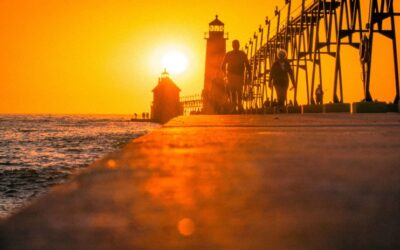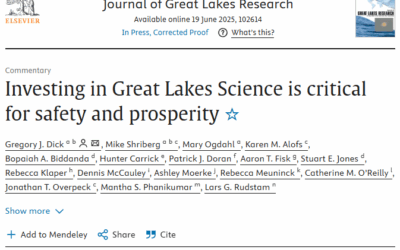Our Mission
Hosted by the School for Environment and Sustainability (SEAS) at the University of Michigan, CIGLR consists of a Research Institute and a Regional Consortium that is a partnership between the National Oceanic and Atmospheric Administration (NOAA), universities, non-governmental organizations, and businesses. Together, we work to achieve environmental, economic, and social sustainability in the Great Lakes.
Our Partners
Impacts
Since 2008,
$85+ million invested in Great Lakes health & safety
550+ people prepared for STEM careers
$44 million committed to clean drinking water
225+ Great Lakes careers supported
Seminars & Events
News & Announcements
5 things Great Lakes research does for Michiganders
The Great Lakes are at the heart 💙 of life in Michigan—and the science behind them is working hard for all of us. Here are five important ways Great Lakes scientists from CIGLR and Michigan Sea Grant at UM-SEAS benefits Michiganders: [click image to read more]
Investing in Great Lakes Science is critical for safety and prosperity
NEW! Scientists from Michigan, Wisconsin, Minnesota, New York, and Ontario, have published a commentary in the Journal of Great Lakes Research, warning that the future of the Great Lakes is at risk without continued investment in scientific research. They urge that these efforts be shielded from proposed budget cuts and emphasize that without funding, the lakes and those who depend on them will face growing challenges. [click image to read more]
Help Us Understand Great Lakes Ice
Help spread the word! How does ice impact life around the Great Lakes? Click the image to share your experiences in the survey.

















